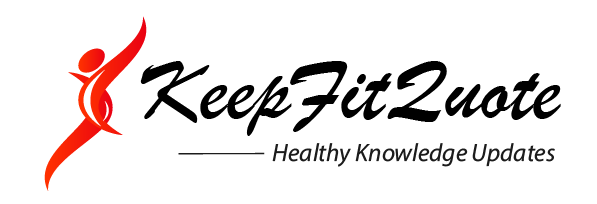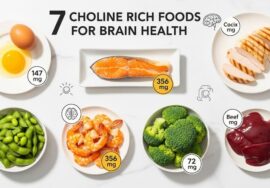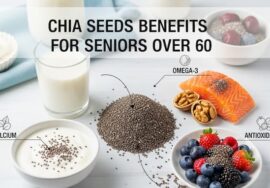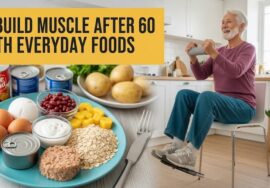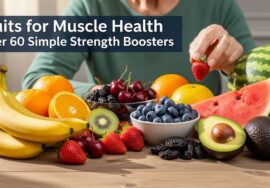Yes—men over 50 can support healthy testosterone by improving sleep timing, lifting heavy (with good form), eating protein-rich whole foods with zinc and magnesium, getting morning sunlight, managing stress, and keeping waist-to-height ratio near ≤0.5. Supplements like vitamin D3, magnesium glycinate, creatine, and (if approved by your clinician) ashwagandha or low-dose boron may help alongside lifestyle changes.

Table of Contents
- Why Testosterone Slows After 50
- The Lab Conversation to Have With Your Doctor
- Food Habits That Support T (Men 50+)
- Movement That Moves Your Hormones
- Sleep & Sunlight: The Quiet Hormone Reset
- Stress Tools That Actually Fit a Busy Life
- Smart Supplement Corner (Lifestyle First, Doctor-Cleared)
- A 7-Day Starter Plan (Men 50+)
- Mistakes to Skip
- Fast Answers
- FAQ
- Wrap-Up
Why Testosterone Slows After 50
- Sleep debt: Short or fragmented sleep lowers next-day testosterone.

- Less muscle use: Muscle is a hormone ally; when you stop lifting, signals drop.
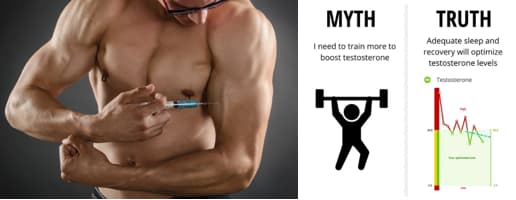
- Higher stress load: Chronic pressure elevates cortisol, which competes with anabolic signals.

- More body fat, especially at the waist: Visceral fat increases aromatase activity, converting testosterone to estrogen.

- Medications & health factors: Some drugs and conditions can affect levels—always review with your doctor.

Target to remember: aim for a waist-to-height ratio ≤0.5 (wrap a tape around your waist at the navel, divide by your height). This simple metric tracks the trunk fat that most affects hormones in midlife.
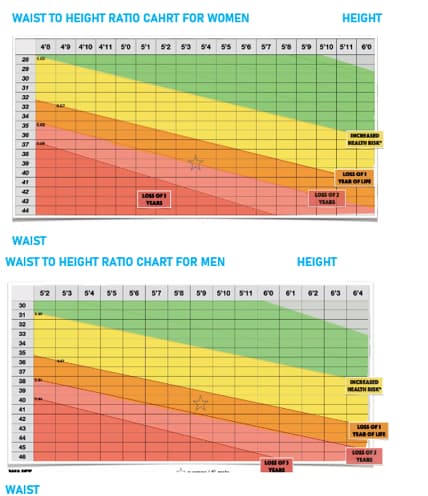
The Lab Conversation to Have With Your Doctor
Ask about:
- Total Testosterone and Free Testosterone

- SHBG (sex hormone-binding globulin) to interpret free T
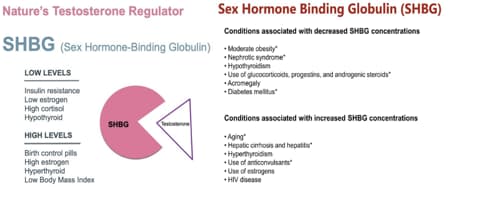
- LH/FSH (signal from the brain to the testes)

- Thyroid panel (thyroid and testosterone interact)

- Vitamin D, B12, ferritin, A1c, lipids
Bring a two-week sleep, training, and stress log to give your clinician context.

Food Habits That Support T (Men 50+)
1) Protein at each meal (muscle signal)
- Practical target: about 0.7 g per lb of goal bodyweight spread across the day.

- Build meals around eggs, Greek yogurt, cottage cheese, fish, shellfish, chicken, lean beef, tofu/tempeh, or beans + rice.

2) Mineral focus: zinc & magnesium
- Zinc foods: oysters, beef, pumpkin seeds, chickpeas.

- Magnesium foods: leafy greens, almonds, dark chocolate (70%+), black beans.
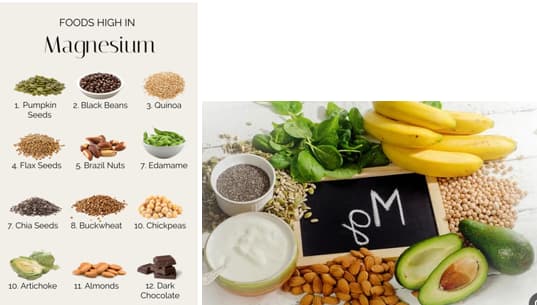
3) Fats that matter
- Mix olive oil, avocado, nuts, eggs, and fatty fish for hormone-friendly fats.

- Keep ultra-processed snacks “sometimes, small portions.”

4) Testosterone-friendly breakfast for men over 50
- Example: veggie omelet + berries + Greek yogurt + olive-oil drizzle on toast.

- Adds protein, minerals, and steady energy.

5) Hydration and timing
- Drink water regularly; limit late-night big meals that disturb sleep.

Movement That Moves Your Hormones
Strength Training (2–3 days/week)
- Prioritize big patterns: squat, hinge (deadlift pattern), push, pull, carry.

- “Heavy carries for men after 50” (farmer’s walk with dumbbells) lights up grip, core, and testosterone-friendly signals.

- Keep reps moderate (e.g., 5–8) with controlled form. If you’re new or returning, get coaching.

Short Sprint Work (1 day/week)
- “Short sprints for seniors hormones”: brisk uphill walks or bike sprints (10–20 seconds) with 1–2 minutes easy between efforts. Start with 4–6 repeats after medical clearance.

Everyday Activity
- 7–10k steps/day. Walk 10 minutes after meals to tame glucose spikes that can sap energy.

Sleep & Sunlight: The Quiet Hormone Reset
Morning Sunlight Routine (10–15 minutes)
- “Morning sunlight 10 minutes testosterone” is a simple, low-risk habit: step outside soon after waking to anchor your circadian clock.
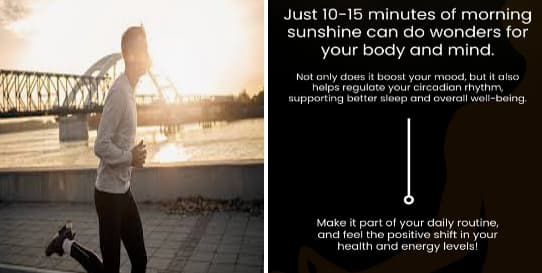
Consistent Sleep Window
- Target 7–8.5 hours with a regular wind-down.
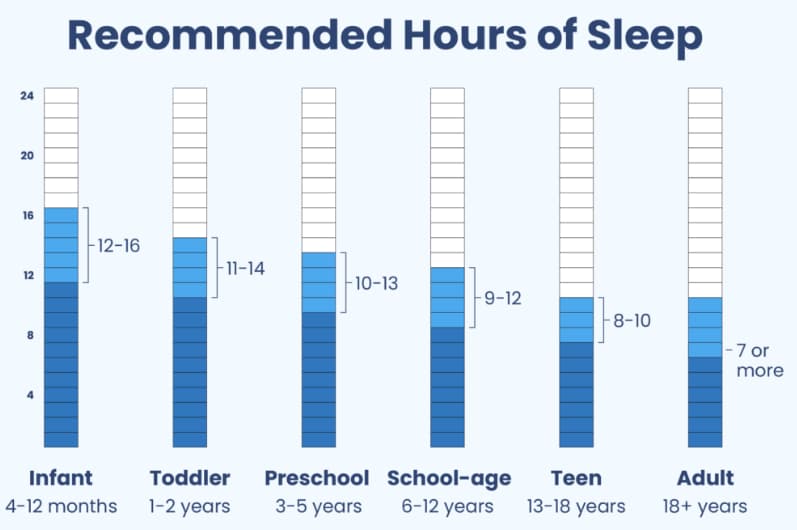
- Cooler, darker room; no large meals or intense news right before bed.
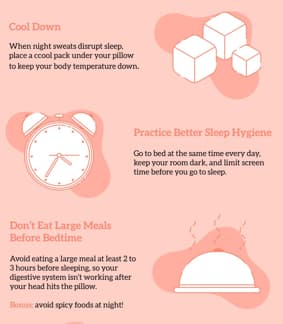
Magnesium Glycinate at Night (ask your doctor)
- Commonly used dose: 200–400 mg in the evening. Many men find it helps with sleep quality.

Stress Tools That Actually Fit a Busy Life
- Box breathing (4-4-4-4) for 3 minutes lowers stress tone.

- 10-minute “mind dump” on paper to park worries before bed.

- Outdoor walks without phone for a mid-day reset.

Smart Supplement Corner (Lifestyle First, Doctor-Cleared)
Supplements are optional. Discuss these with your clinician, especially if you take medications.
- Vitamin D3: If low, many providers use 1,000–2,000 IU/day with a meal containing fat.
- Creatine monohydrate: 3–5 g/day supports training, muscle, and performance in older adults.
- Magnesium glycinate: See sleep section above.
- Ashwagandha (KSM-66 or Sensoril): Some use 300–600 mg/day; can aid stress and sleep for certain people.
- Boron (low dose): About 3 mg/day appears in some men’s protocols; get approval first.
- Zinc (short term if low-intake diet): Food-first preferred; supplements can upset copper balance—use only under guidance.
Avoid megadoses and “testosterone boosters” with proprietary blends. Track how you feel, lift, and sleep, not just numbers.
A 7-Day Starter Plan (Men 50+)
Day 1 (Mon): Morning sunlight. Full-body strength (squat, row, push). Protein-rich meals. 10-minute after-dinner walk.
Day 2 (Tue): 7–10k steps. Stretch hips/hamstrings. Magnesium glycinate (if approved) at night.
Day 3 (Wed): Strength (hinge, pull-down, carry). Add pumpkin seeds or oysters for zinc. Lights out on time.
Day 4 (Thu): Short sprints or brisk hill repeats x4–6 after a thorough warm-up. Easy day otherwise.
Day 5 (Fri): Strength (single-leg work, push, row). Protein at breakfast.
Day 6 (Sat): Long outdoor walk or light bike. Batch-cook lean proteins and beans.
Day 7 (Sun): Review waist-to-height ratio, step count, and sleep. Prep the week. Gratitude list (reduces stress tone).
Mistakes to Skip
- Chasing supplements before fixing sleep and strength training.
- Ignoring waist gain (“just a bit” each year adds up hormonally).
- Overdoing cardio and skipping heavy work—combine both wisely.
- Late-night snacking and blue light until midnight.
- Expecting changes with no log—track the basics for 4–8 weeks.
Fast Answers
- Can men over 50 raise testosterone naturally? Often, yes—via sleep, strength, sunlight, stress control, and nutrition.
- Best first step? Regular full-body lifting + consistent 7–8.5 hours sleep.
- Quick win this week? Morning sunlight and a protein-forward breakfast.
- What body metric to watch? Waist-to-height ratio ≤0.5.
- Are sprints needed? One short session weekly can help once you’re cleared and conditioned.
- Do supplements replace habits? No—supplements are add-ons, not foundations.
- How soon to see change? Many men feel better in 4–8 weeks of consistent habits.
FAQ
1) What is a realistic goal for men over 50 starting from scratch?
Stronger lifts, better sleep, steadier energy, and a shrinking waist over 8–12 weeks. Numbers follow habits.
2) Is a “testosterone-friendly breakfast” really a thing?
Yes: protein (eggs/Greek yogurt), colorful produce, and healthy fats. It sets satiety and recovery for the day.
3) Are heavy carries safe after 50?
With coaching and the right load, farmer’s walks are joint-friendly and build grip, core, and hormonal drive.
4) What’s the simplest mineral upgrade?
Add pumpkin seeds (zinc) and spinach/almonds (magnesium). Food first, then discuss labs and supplements.
5) Do evening screens hurt testosterone?
They hurt sleep, which hurts testosterone. Use night mode, dim lights, and set a firm wind-down.
6) Does losing 10–15 lb matter?
Yes. Trimming visceral fat lowers aromatase activity and supports a better free T picture.
7) Is HIIT required?
Not required, but short sprints or hill repeats once weekly can help if you’re cleared and conditioned.
8) Can creatine help men over 50?
Creatine supports training quality and lean mass. 3–5 g/day is a common, budget-friendly choice.
9) Is ashwagandha worth trying?
It may aid stress and sleep for some. Try only with your clinician’s okay, especially if you take medications.
10) Where should I start if I only have 20 minutes?
Do 2–3 rounds of: goblet squat (8), push-ups or incline push-ups (8–12), dumbbell row (8/side), farmer’s carry (30–60 sec).
11) What if my labs are “normal” but I feel off?
Track sleep, steps, training, and meals for 2–4 weeks and retalk with your clinician. Free T and SHBG context matter.
12) Can I do this with knee or back aches?
Yes—with adjusted patterns (e.g., trap-bar deadlift, step-ups, sled push) and a coach or PT guiding form.
Wrap-Up
You don’t need a complicated protocol. Nail the four pillars—sleep, strength, sunlight, and stress—then layer supportive nutrition and only the supplements your clinician approves. Track the waist tape, not just the scale. In midlife, consistency is the most anabolic habit you can build.
